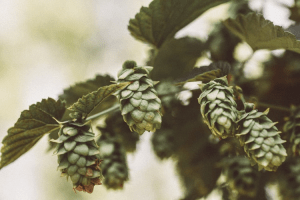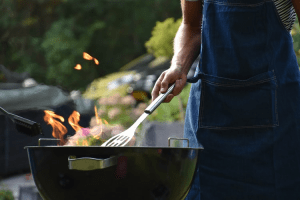
One problem that homebrewers face is brewage Haze. Now, ME being an avid beer drinker, I do perceive that sure sorts of brewage are purported to have a precise level of cloudiness. Not solely will haze affect the planning of your brew, but it will give you an alarming tasting brew that you simply would not need to drink if your life relied on it. The beer haze happens once the production and fermentation method has concluded and will be a symptom of some unwanted problems. Hazes will indicate an infection in your brewage thanks to untamed yeasts or bacteria leading to improper hygiene causing the brewage to spoil. during this case, the haze cannot be corrected and therefore the beer cannot be salvaged. These are referred to as biological hazes. forever follow smart hygiene once it involves your instrumentality and forever uses yeast that has smart natural action characteristics for higher brewage clarity.
Non-biological hazes are lessened into 2 categories: chill haze and permanent haze. Chill haze happens once the brewage is cooled and therefore the haze dissolves once the brewage is warm at twenty degrees celsius or higher. Permanent haze is once the haze remains even if the brewage is at temperature. Proteins and Polyphenols (tannins) also are contributing factors in non-biological hazes. Polyphenols are extracted from the brewage ingredients throughout the production and fermentation method, therefore polyphenols are about to be in your brewage naturally regardless of your production technique or the sort of brewage you’re brewing. that does not mean that there is nothing you’ll do to combat the matter.
If you have got a brewage containing loads of yeast, you’ll strive a way referred to as cold acquisition for many days to upset the haze. If that does not work, simply merely filtrate the yeast. Haze from an excessive amount of yeast may be an easy drawback and simple to mend. forever use the freshest ingredients potential. victimisation of recent malt and hops would be to your advantage within the fight against the haze. Check water for carbonates. Water with carbonates exceptional twenty ppm can affect mash pH. Boil water for fifteen to half-hour to scale back hardness. If the amount of metal within the water is short, add salt to the water before boiling. Your mash pH ought to be no over five.3. If you see your mash pH going higher than five.3, you’ll add lactic acid to change the pH. protein rests and correct wort separation from hot and cold breaks before fermentation will minimize the chance of brewage haze.
If your brew is AN all-grain brew, your sparging technique will contribute to brewage haze. Your sparge water temperature ought to be no over seventy to seventy-five degrees uranologist. If the pH starts to rise higher than five.3 throughout sparging, stop sparging. Add lactic acid to water to reduce ph of the runnings, then resume sparging. victimisation Irish moss in your boil will facilitate with brewage haze likewise. The counselled quantity is five per 5-gallon batch. make certain the moss is rehydrated before you add to boil. make certain you have got an honest rolling boil and ne’er boil for quite a pair of hours. enable brewage to square for quarter-hour when boil therefore hot break will settle with the hops. Chill your brew as quickly as potential when boil to permit correct cold break formation.
Read our blog on 3 Ultra-Refreshing Infused Water Recipes Perfect For A Backyard Barbecue







